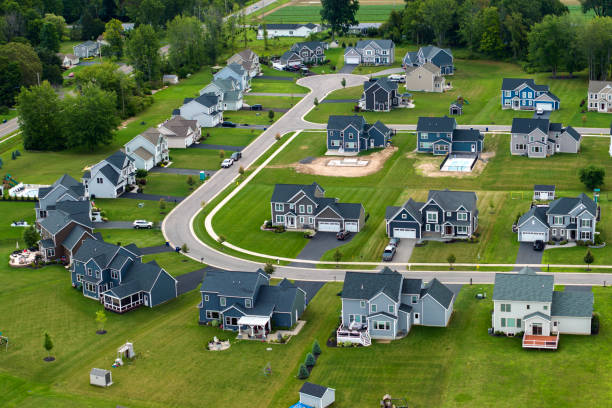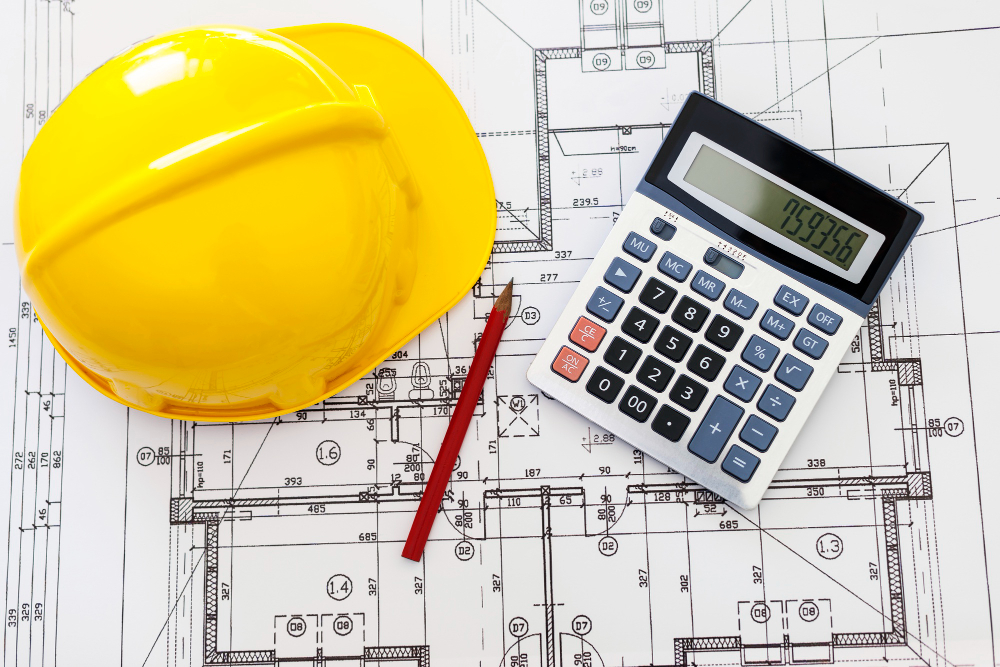Why Los Angeles Zoning Reform Matters for the Future of the City
Los Angeles has always been a city of reinvention. From postwar suburbs to sleek downtown towers, the city’s growth reflects how people live, work, and dream. But today, Los Angeles faces a different kind of challenge: housing affordability, limited space, and zoning rules that no longer match the needs of its residents.
Table of Contents
ToggleAt the center of the debate is single-family zoning (R1). For decades, most of Los Angeles was locked into this model: one house, one lot, one family. It created the neighborhoods many people value for their quiet streets and stability. Yet as housing prices soar and younger generations struggle to buy homes, critics argue that these zoning protections block needed density, fuel inequality, and keep the city frozen in the past.
As zoning consultants, we at JDJ Consulting Group see this issue from all sides. Homeowners want certainty. Developers want opportunity. The city wants balance. The question is: how do we move forward?
The Roots of the Zoning Debate
Los Angeles is one of the most zoned cities in America. Nearly 75% of its residential land has historically been restricted to single-family housing. That means vast areas of the city cannot legally host duplexes, triplexes, or apartments, even near transit hubs or job centers.
These rules were originally designed to create orderly growth, but they also created barriers. Neighborhoods stayed low-density even as demand for housing exploded. Over time, zoning became a gatekeeper — protecting some while locking out others.
In recent years, state laws like SB 9 have begun to chip away at these restrictions by allowing homeowners to split lots or build duplexes in single-family zones. But the resistance has been strong. Many residents worry about traffic, parking, and losing the character of their communities.
This clash between neighborhood preservation and housing access is now one of the defining fights in Los Angeles real estate.

Why Density Matters in Today’s Market
Critics of single-family zoning are not calling for skyscrapers on every corner. Instead, they are calling for “gentle density” — smaller-scale infill housing that adds supply without overwhelming neighborhoods.
Examples include:
Duplexes and triplexes on former single-family lots.
Accessory Dwelling Units (ADUs) built behind existing homes.
Small-lot subdivisions that create townhomes on parcels once limited to one house.
Mixed-use developments near major transit stations.
The goal is simple: create more housing options, especially for middle-income families who are currently squeezed out of the market.
According to housing reports, LA homebuyers now spend up to 78% of their income on housing costs. This is not sustainable. Without new supply, younger generations will either leave Los Angeles or remain renters for life. That weakens the city’s long-term economic and cultural fabric.
The Resistance: Why Many Oppose Rezoning
On the other side, many homeowners remain fiercely protective of single-family zoning. Their concerns are not trivial. They worry about:
Parking shortages if more units are added to already congested streets.
School overcrowding in neighborhoods not designed for higher density.
Architectural character being lost to boxy new infill projects.
Property values being disrupted by zoning changes they never anticipated.
For many, their home is their largest asset. Any uncertainty about zoning feels like a direct threat to their financial security. That is why zoning debates quickly turn emotional and political.
The Opportunity: Finding Balance Through Smart Planning
At JDJ Consulting Group, we believe the solution is not choosing one side over the other but finding balance.
Smart zoning reform can:
Add housing in areas where it makes sense — near transit, job hubs, and underused commercial corridors.
Protect neighborhoods from disruptive or oversized development.
Streamline the permitting process so property owners don’t spend years fighting bureaucracy.
Offer clear rules so both residents and developers know what to expect.
The key is thoughtful implementation. Blanket rules rarely work. Each neighborhood in Los Angeles has its own character and challenges. That is why professional guidance is essential.
How JDJ Consulting Group Helps Clients Navigate Zoning
We work with homeowners, developers, and investors who find themselves stuck in this zoning maze. Here are a few common scenarios:
A homeowner discovers their lot is zoned commercial (like C4-1D) and needs guidance on whether they can build a home addition.
A developer wants to build a small apartment building near a transit line but faces community pushback and unclear city requirements.
An investor wants to convert a vacant commercial space into housing but must understand entitlements, variances, and city politics.
In each case, the zoning code is not a dead end — it is a challenge to be solved. We help clients:
Interpret zoning designations and what they actually allow.
Apply for variances, conditional use permits, or lot splits.
Work with city officials to streamline approvals.
Build community support for projects that fit the neighborhood.
By combining technical knowledge with strategic communication, we make it possible for clients to move forward with confidence.
Why This Debate Will Shape Los Angeles’ Future
The single-family vs. density debate is not just a zoning issue. It is about the identity of Los Angeles itself.
Will LA remain a city where only the wealthy can afford to buy, while middle-class families are pushed out?
Or will it evolve into a city where diverse housing options allow people at different life stages to thrive?
Will commercial corridors continue to sit half-vacant while nearby neighborhoods face a housing shortage?
Or will the city unlock these areas for mixed-use projects that bring new life and energy?
The answers will determine what kind of city Los Angeles becomes in the next 20 years.
An Opinion: Reform Is Necessary, But Must Be Smart
Our position at JDJ Consulting Group is clear: Los Angeles cannot ignore the need for zoning reform. The affordability crisis is too severe, and the city cannot afford to freeze in place. But reform must be balanced, strategic, and community-driven.
We support:
Targeted density increases near transit and job centers.
Incentives for homeowners to add ADUs or small-scale housing.
Adaptive reuse of commercial properties to meet housing needs.
Streamlined permitting so projects don’t collapse under red tape.
What we caution against is one-size-fits-all rezoning that ignores neighborhood differences. Reform must respect community identity while addressing the larger housing shortage.
Conclusion: A City at a Crossroads
Los Angeles is at a turning point. The zoning map drawn decades ago no longer fits today’s reality. But the path forward requires more than political slogans or community shouting matches. It requires expertise, negotiation, and vision.
At JDJ Consulting Group, we help clients navigate this uncertain landscape — whether they are homeowners caught in confusing zoning designations, developers trying to bring new housing online, or investors searching for viable projects in a changing city.
The zoning debate is complex, but the stakes are simple: the future of Los Angeles as a livable, inclusive, and dynamic city depends on how we handle it.
Zoning reform in Los Angeles isn’t just a policy change — it’s a real opportunity to build more equitably and sustainably.
At JDJ Consulting Group, we guide you through entitlement strategy, zoning analysis, and land use consulting so you can take advantage of new possibilities.
Let’s turn reform into real projects — book a free consultation today.
📞 (818) 793-5058
✉️ sales@jdj-consulting.com
Get Your Free Consultation






